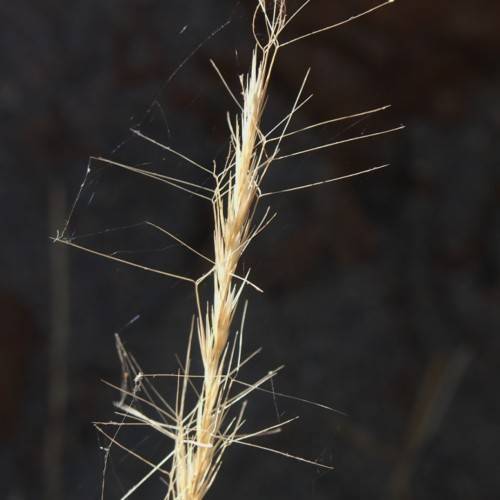
Forked Three Awned Grass
Aristida basiramea
Also Known As - Forktip Threeawn,Forked ThreeawnWatering:
Frequent
Hardiness Zone:
Sun:
full sun
Fruits:
Fruits Ready In Summer
Leaf:
Yes
Growth Rate:
Low
Poisonous To Humans:
Yes
Poisonous To Pets:
Yes
Salt Tolerant:
Yes
Thorny:
Yes
Invasive:
Yes
Care Level:
Medium
watering
Mexican Prickly-Poppy should generally be watered about once every week, either by sprinkling water over the entire plant or by saturating a shallow basin near the plant's roots. When watering, make sure to provide enough water so that it reaches the entire root system, including any deeper root systems. Avoid overwatering, as standing water can cause root rot. Allow the soil to dry out slightly between waterings, as this will help prevent root rot and encourage strong root development.
sunlight
Mexican Prickly-Poppy requires moderate to strong direct sunlight. It should receive at least 6 hours of sunlight a day, preferably in the morning. A south facing window or balcony would be ideal. Avoid placing it near a cold window in winter as the extra chill may damage the plant. During the summer, morning sun is best to help the plant retain moisture. If the plant is placed in an area with too much direct sunlight, the leaves may become burned. If placed in an area with too little direct sunlight, the growth of the plant may become stunted.
pruning
Mexican Prickly-Poppy (Argemone mexicana) usually does not require a lot of pruning, however it is important to trim away any dead or diseased stems and leaves to promote healthy growth. It is best to prune in early spring before the plant begins to bloom. Start by removing damaged or dead stems and leaves as close to the base of the plant as possible. Trim down any stems that are thicker, longer, or have more foliage than the rest. This will help promote healthy new growth and encourage compact, bushy foliage. After pruning, be sure to remove any stems or leaves that may have fallen near the base of the plant.
